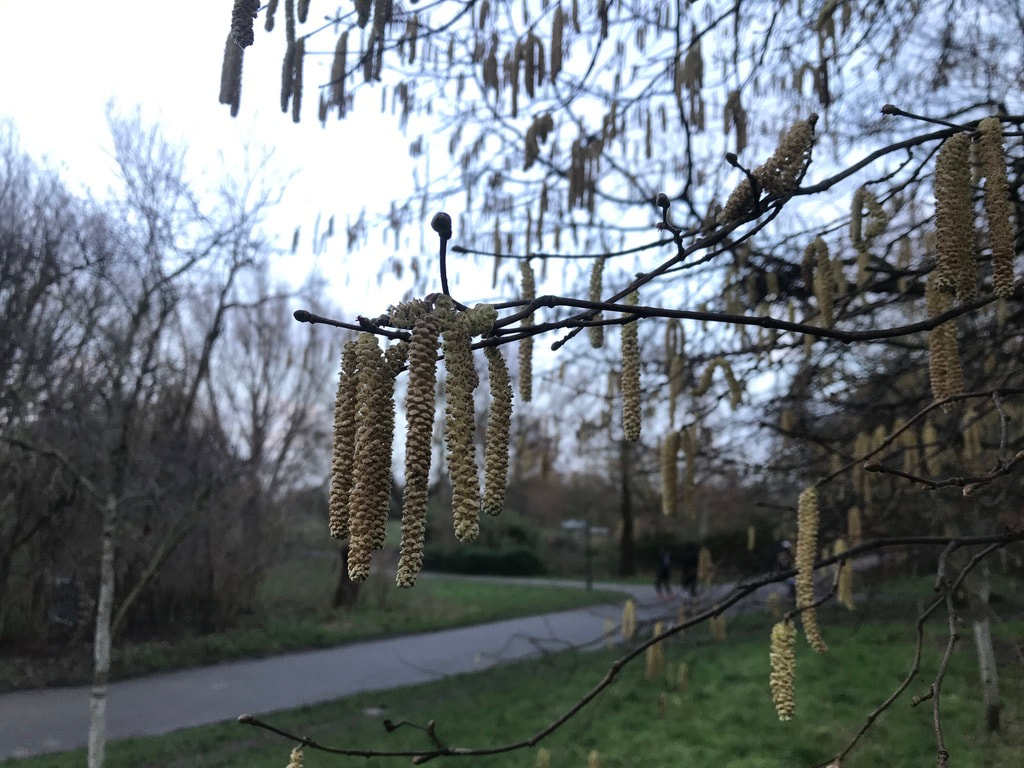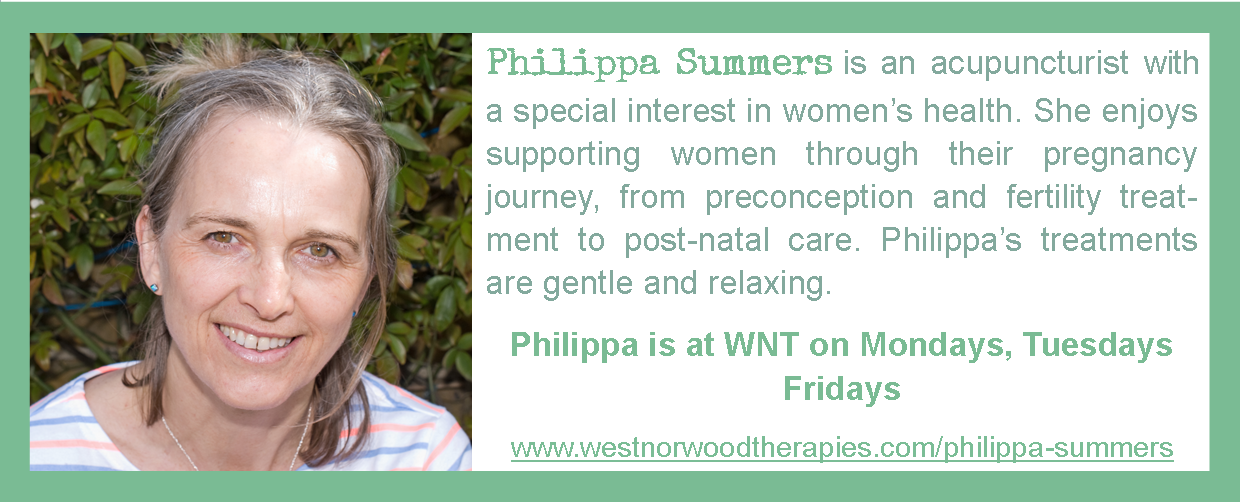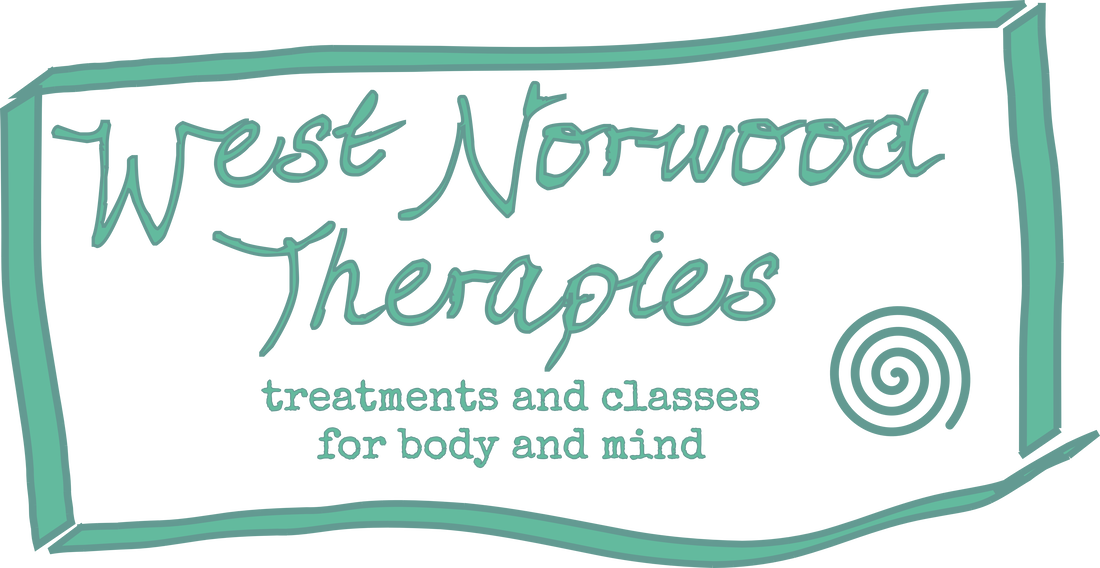|
Acupuncturist Philippa Summers shares some tips on getting ready for hayfever season with spring around the corner in her helpful blog with links to articles and suggestions for natural courses of action to help support yourself It may be a while yet but the early signs heralding the end of winter are beginning to show themselves. Spring bulbs are pushing through the soil and catkins are dangling from the trees. For most of us these are uplifting very early signs of spring, this year more eagerly awaited and welcomed than ever. But for hayfever sufferers the joy is tempered. Hayfever can take the pleasure out of a day in the sun, limiting activities and for some severely impacting on quality of life causing considerable misery. Symptoms can begin as early as March and treatment is often more effective when started before, hence this early post, ahead of the season. Seasonal and Perennial According to the Met Office, who publish a pollen forecast along with other useful information on hayfever, tree pollen allergies generally start from late March running to mid-May, grass has from May until July and weed pollens run from the end of June to September. The UkAllergy website is also a useful source and lists trees and plants by species. People with allergies to one or more of these pollen types have hayfever or seasonal allergic rhinitis. Those with allergies to other sources such as house dust mites, mould or animal dander which often persist throughout the year have perennial allergic rhinitis. The symptoms are similar for both types of allergic rhinitis.
Symptoms
Many people rely on antihistamines along with nasal steroid sprays and eye drops to relieve the symptoms of hayfever and for more severe symptoms immunotherapy may be an option. However, not everyone is comfortable taking medication and all have side effects. Antihistamines, the most widely used treatment, can leave you feeling drowsy, sometimes with dizziness and headaches, and they dry the mucous membranes thickening the mucus and often causing greater congestion. Acupuncture can help to reduce the impact of allergic rhinitis (seasonal and perennial) without the side effects. It is especially good at relieving nasal and sinus symptoms, most effectively as a treatment before symptoms begin but is also effective in reducing symptoms once they have started. A review of 13 research studies which included 2365 people with allergic rhinitis found acupuncture to be a safe and efficacious treatment improving their quality of life. What else can you do to help? Reducing exposure The most effective way to help is to reduce exposure to the pollen or other allergen. For Seasonal Pollen Allergies:
Best wishes, Philippa 07941 674792 [email protected]
2 Comments
WNT founder Jennie Duck shares her thoughts on how shame get in the way of self care and how spending time with her own shame and prioritising self care has helped transform her life and relationships for the better. The idea of shame as an impediment to self-care has been niggling at me for a while. I wonder how much our ideas of what we ‘should’ be doing get in the way of what we really want to do and what we feel is a justifiable use of our time. I wonder how much we sacrifice ways we can nurture ourselves for the ‘greater good’ of work, family and duty and I wonder how much of a negative impact this has on our lives, and those around us, that we don’t always see.
When I talk about ‘self-care’ I am talking about things that nurture our bodies, minds and spirits. The things we love doing, things that make us come alive. Self-care is the things that nourish us. Self-care can be exercise, nutrition and meditation. It can also be music, art, creating something, playing with a pet, talking with a close friend. For me, the exercise, nutrition and meditation side of things are easier to get to. This is because my personal version of shame means that for me to feel worthy I must be ‘healthy’. But it took an outsider view from my husband when he told me a couple of years ago “I’m scared the mornings you don’t do yoga” to recognise that the value in taking time for myself extended beyond just me looking after myself, that it had a knock on impact on the rest of my family and life. I used to feel a lot of shame, too, around the good feelings that came from looking after myself in this way. I felt good and then felt ashamed that I felt good – life is meant to be hard, I’m meant to strive, I have responsibilities, I can’t be relaxed and happy??! So this led to spirals in how I responded and the ‘healthy’ behaviours became undermined by excessive consumption of sugar or alcohol or I just wouldn’t make a positive choice and self-sabotage myself. Two years later, now that my own self care is a priority in my daily life, I don’t have these battles. My husband doesn’t have to be scared the mornings I don’t do yoga because if I haven’t it’s probably because I have done something else nurturing or I know I will find the time elsewhere for it. It’s not so pressured and the overall benefits of making this a priority mean I don’t have the same level of desperation around it, I don’t need to escape regular life so much and I don’t have the same shame triggered in me to knock me off course. I am more resilient. To get to this point I had to spend time with that shame that trapped me. The shame that told me that I wasn’t good enough and that my time wasn’t only worthwhile if it was spent slogging on something or doing something for someone else. We all have our own shame triggers but there are common themes. Shame and vulnerability expert Brene Brown says “shame drives two main tapes: ‘never good enough’ and ‘who do you think you are’”. Both of these resonate for me and are shackles that still restrict me, but they don’t have the same power that they used to have. And now the next layer of freedom I am discovering is that I am now more able to move toward the things that I really want to do but aren’t as immediately ‘justifiable’ in my personal shame-frame of reference. I am spending time creatively, for the joy and fun of it – I still feel guilty about this and about choosing these solitary and ‘aimless’ ways to spend my time. I had to fight myself using the word ‘indulgent’ in this description! We can’t let go of all of these other things – my family, my work and paying the bills are all vital to me – but maybe we can ease up on the limitations we place on ourselves in honour of these if we can face the idea that perhaps its more than the reality of those getting in the way, that perhaps it’s our relationship with them and our relationship with ourselves that needs some attention first. And perhaps if we can do that then these things we are making the sacrifices for will become richer because of it. |
AuthorBlogs from the WNT team. For our blogs from before June 2020 please see individual profile pages - it's a good way to get to know practitioners too. Archives
June 2024
Categories
All
|
|
Visit us - by appointment only please - in the office block in the Access Self Storage premises at 443 Norwood Road, London, SE27 9DQ
[email protected] Phone - please contact practitioners directly, or if not in a rush you can leave a message for us to call you back at 07931876931. |



 RSS Feed
RSS Feed
